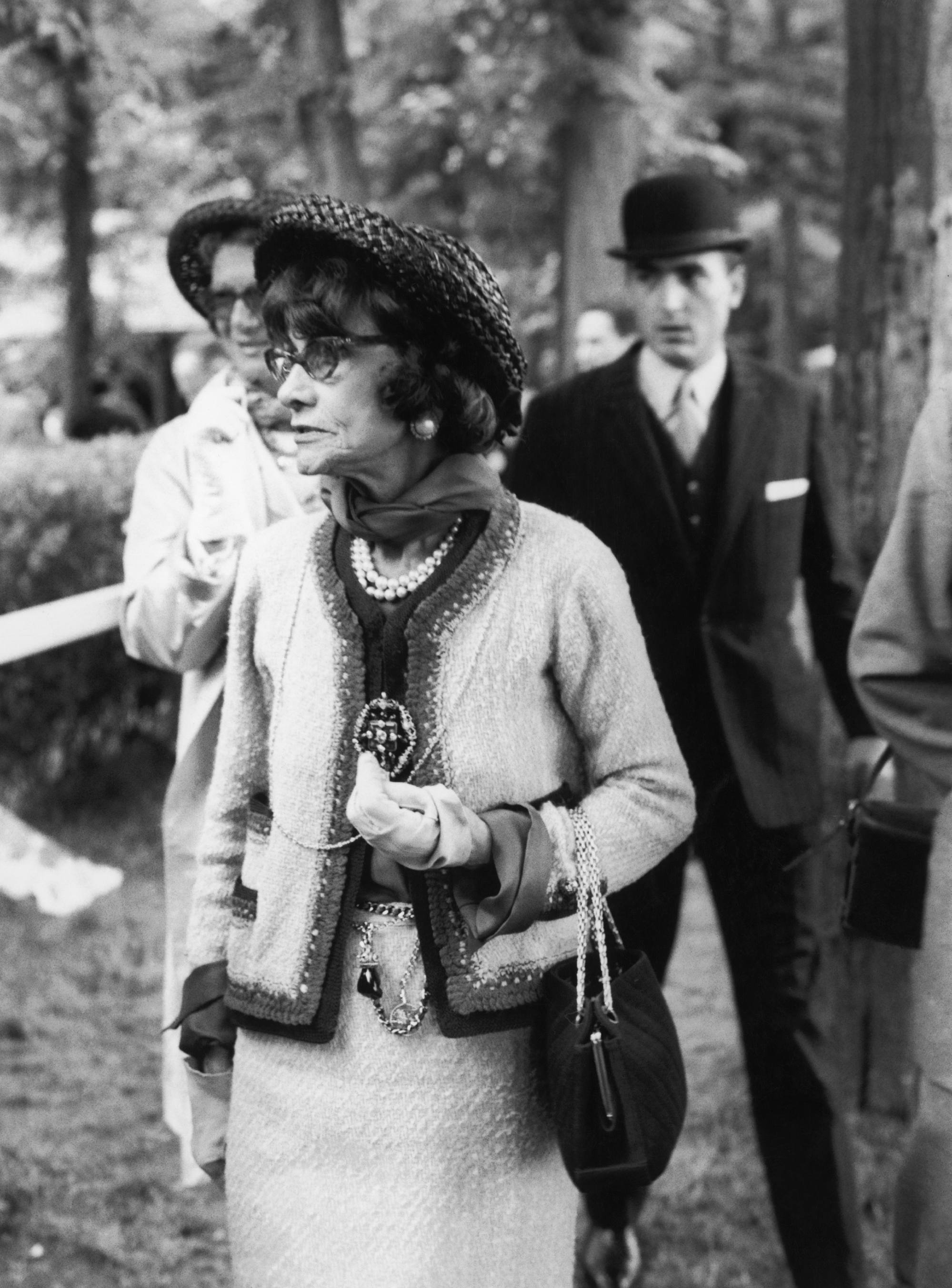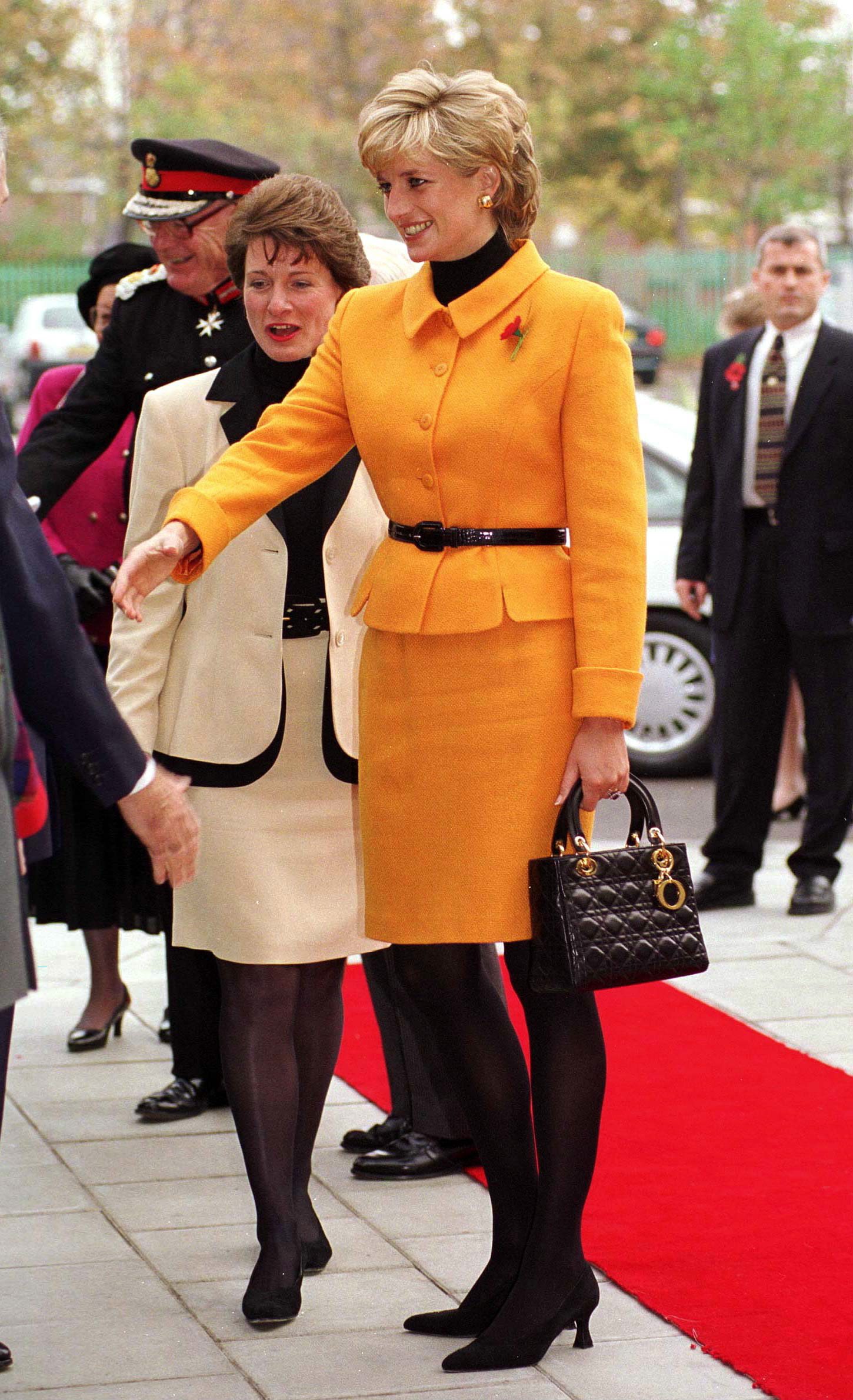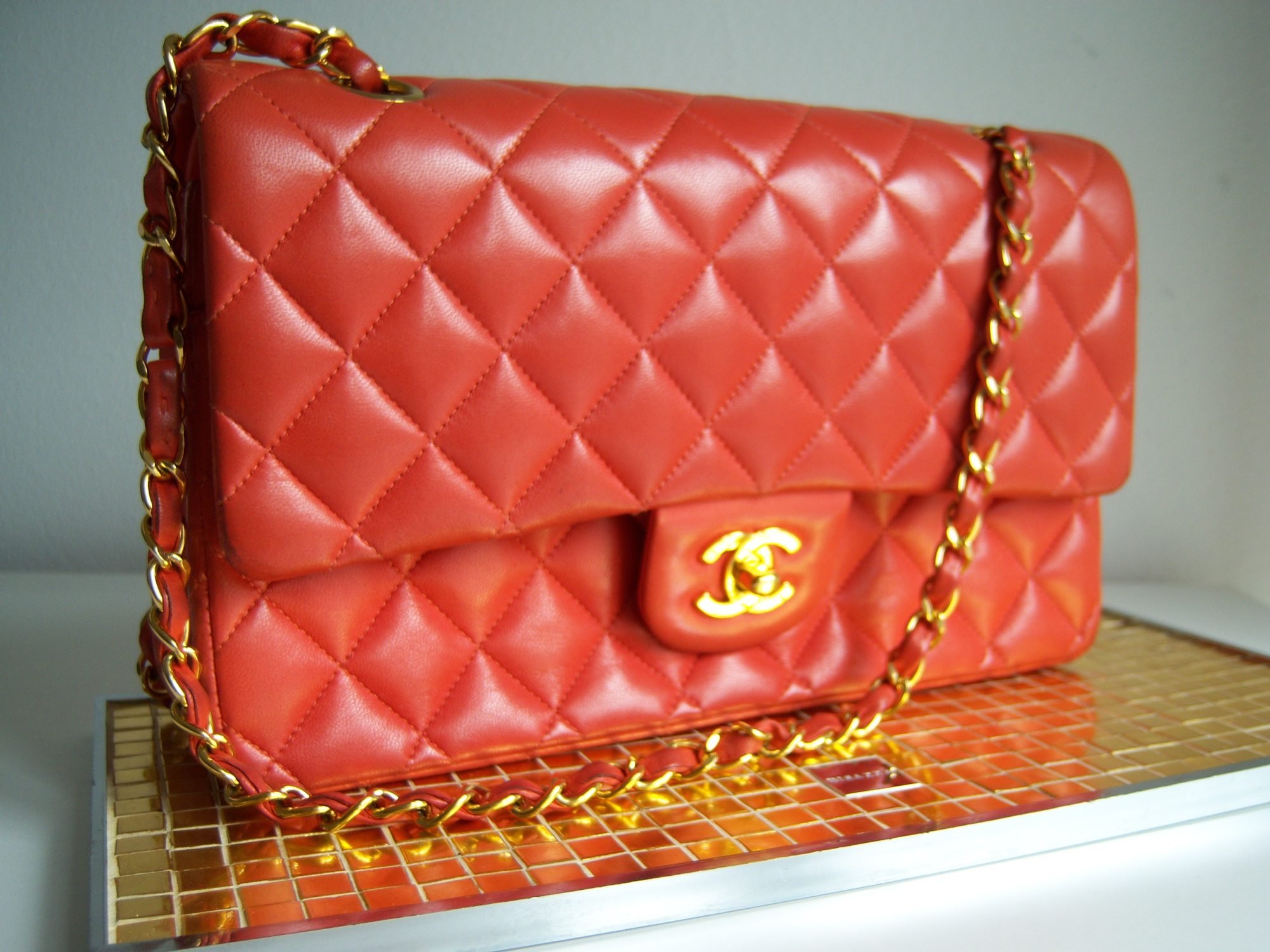
Hermès Birkin. Lady Dior. Chanel 2.55. Fendi Baguette. Handbags and how they became a fashion icon, carried by celebrities from Princess Diana to Sarah Jessica Parker
- Handbags were used by men in medieval times to carry coins, but were later co-opted by women and came to dominate fashion in the 20th century
- From royalty to pop culture icons, It bags are synonymous with some of the most prominent women. Two fashion writers tell their stories
For The Love of Bags is part love letter to the accessory, part historical tome about how the handbag rose from its humble beginnings in medieval times to becoming the force that propelled brands to global dominance in the 1990s and beyond.
The lavishly photographed 224-page book is a lively and engaging read, laid out in English, German and French, and with chapters that delve into the genesis of the It bag, as well as smaller sections on micro bags and bum bags.
If you’ve ever wondered where the global obsession with the designer handbag comes from, this book will tell you.
Julia Werner and Sandra Semburg appear a well-qualified team. Werner is an author and style columnist who was deputy editor-in-chief of German Glamour magazine. Semburg has photographed Fashion Week street style for French Vogue.

Between them, they isolate the brands most associated with sought-after handbags, and give fun and sometimes tongue-in-cheek explanations as to why.
The preface contends that the handbag is “the most addictive of fashion drugs” (ask anyone who has ever waited in line outside Chanel, or put their name on a months-long Hermès waiting list).
How to store your handbags, fashion and shoes in Hong Kong
We are also told that the bag was originally a male invention, created to hold coins before women co-opted it to carry their smelling salts and delicate kerchiefs. Fast forward to a few decades ago, when It bags became a thing – the Baguette, the Lady Dior and the Hermès Kelly.
As the book progresses, the authors delve into modern-day topics such as sustainability, which has seen, for example, materials made from cultivated mushrooms replace leather.
How certain iconic handbags came into being is the authors’ main theme. The Chanel 2.55, the classic quilted Chanel with the gilded strap, is often an “entry point” for young women into the high-end bag world, this despite a price tag that hovers around US$10,000 for a new one.

The name was inspired by the date on which it was created – February 1955, after brand founder Coco Chanel decreed that women should have an easy-to-carry shoulder purse, similar in style to the one carried by members of the French military.
Similar stories abound about other iconic bags; the Lady Dior was originally called the Chouchou, and one was gifted to Princess Diana in 1995 by the then first lady of France, Bernadette Chirac. The royal carried it everywhere, in multiple colours, until it became known as the Lady Dior.

Beyond that, these bags had the power to resuscitate dying brands (as the Baguette did for Fendi), especially when the style hit pop culture: Sarah Jessica Parker’s Carrie Bradshaw carried a Baguette during the entire third season of Sex And The City.
Bottega Veneta and Chloé were other brands that rarely made the news until they each generated their own must-have bags.
While trends drive the popularity of many of these bags, the Hermès Birkin – which is discussed in a separate chapter on Atelier Bags – exists in a league of its own.
As the writers state, Birkins “are not just a brief romance, they are a great and lifelong love”, a sensibility cultivated and maintained by the story that Hermès has crafted around the bag – they take a long time to make, are hard to find, and once you have one, hang on to it for dear life, because it will only get more valuable with time.

The text then moves on to some of the quieter brands on the market – Wandler, Mansur Gavriel – with smaller sections on topics such as the Rise of the Clutch, personalisation, micro bags and where function fits in (backpacks, belt bags, etc).
Ultimately, the book proves one of its most salient points: “nothing has been so often and so playfully reinvented as the handbag, despite endless attempts to pronounce it dead”.
For The Love of Bags by Julia Werner and Sandra Semburg is published by Teneues











